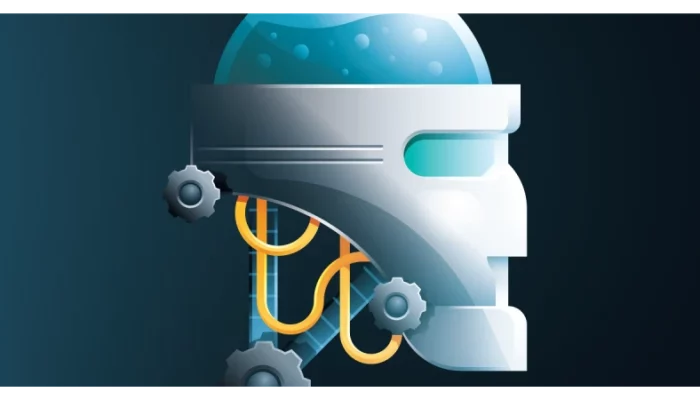Interest in artificial intelligence (AI) has skyrocketed this year, with the global market predicted to grow twenty times by 2030. However, AI’s growth and learning demand human involvement. AI has become an immense part of the global technology mix, but it is not self-sustaining. AI incidents and controversies have increased twenty-six-fold since 2012, emphasizing the need for human intervention.
AI lacks abilities like narrowing research focus, setting exploration prompts, and exerting judgment. Furthermore, artificial intelligence cannot access human soft skills such as creativity, empathy, and teamwork. While AI applications like ChatGPT can pass the Turing Test, no platform has ever passed the Lovelace Test.
Experts like Sam Altman, CEO of OpenAI, envision AI as a co-pilot, harnessing humanity’s collective power and creativity. Fei-Fei Li, a Stanford University computer science professor, underscores AI’s human-centric nature. Artificial intelligence needs human guidance to reach new heights and achieve artificial general intelligence.
Unlocking AI’s potential begins with incorporating the human element. AI curation, the process of directing AI through basic questions, is crucial for effective AI utilization. By blending human and artificial intelligence, we can accomplish significant tasks quickly, leading to advancements in AI abilities like multitasking, discernment, moral decision-making, empathy, and creativity. The future of artificial intelligence lies in human interaction and human-centric commands. By merging human ingenuity with artificial intelligence, we can unleash AI’s true power and shape a future where AI serves as a vital partner in our pursuit of knowledge and innovation.


Source: Academic Influence
